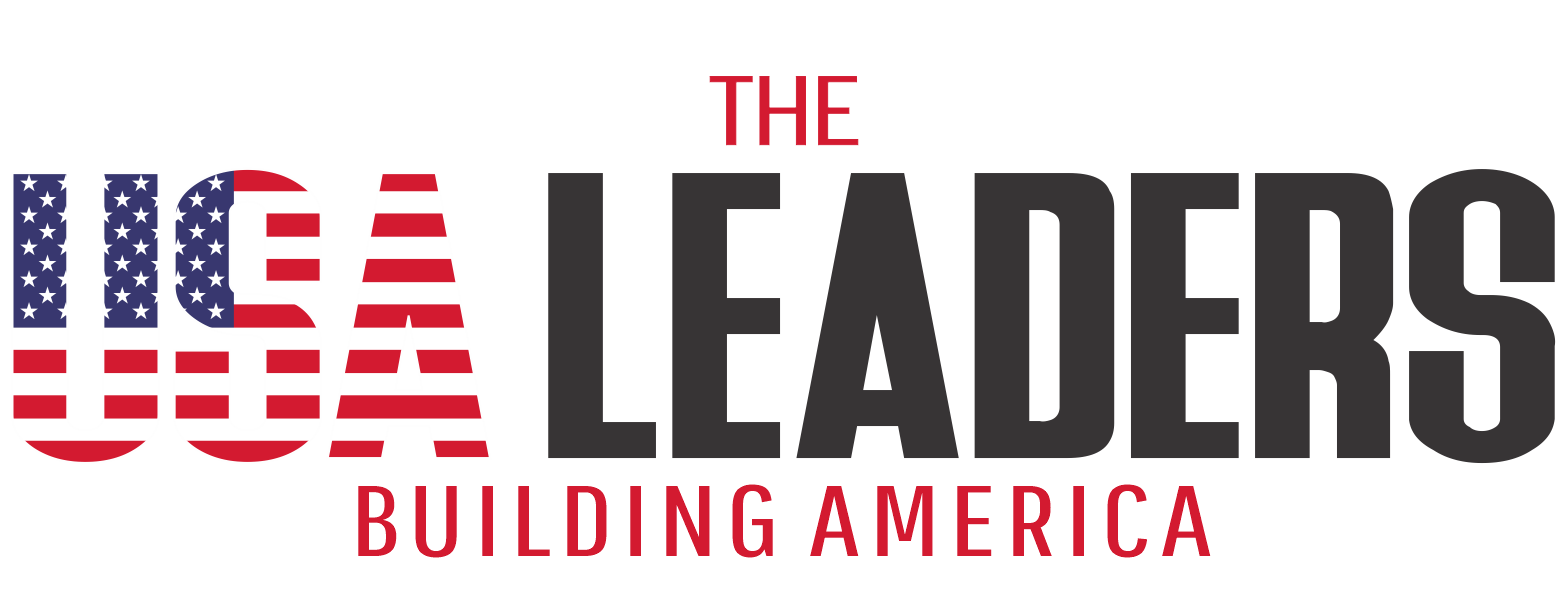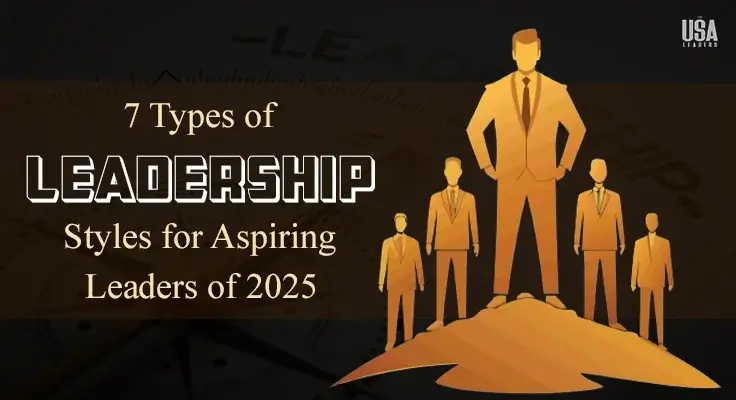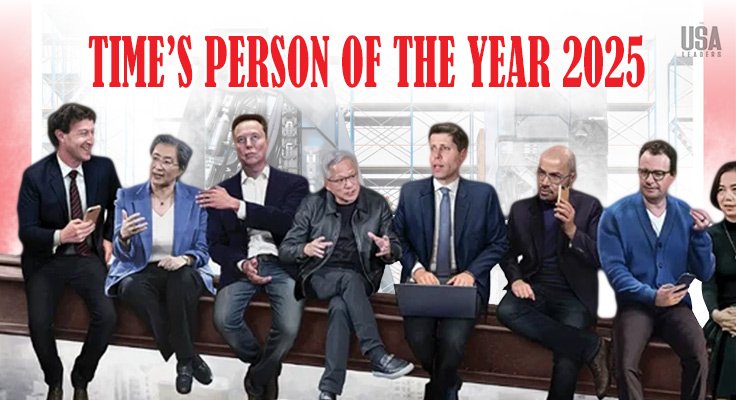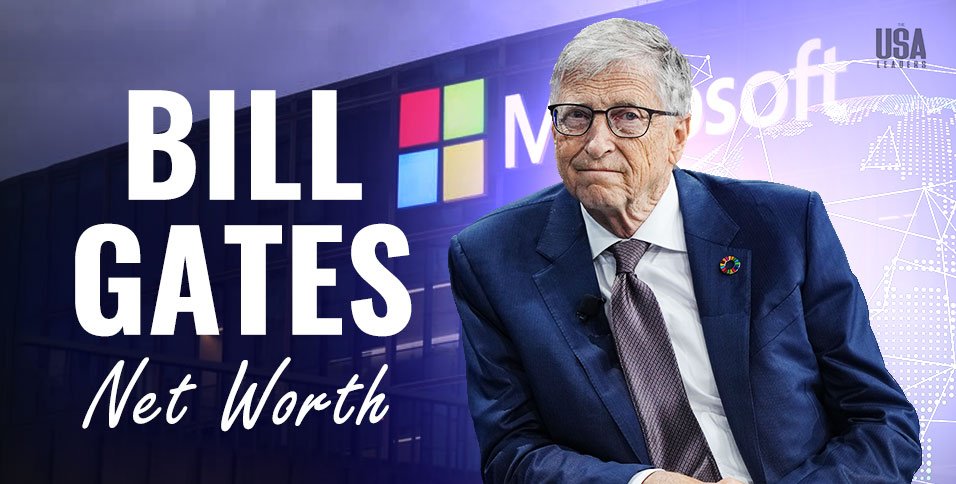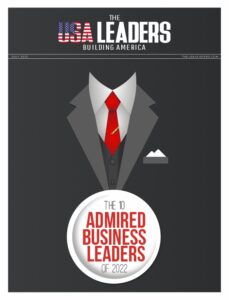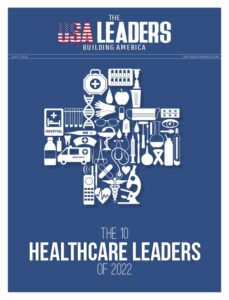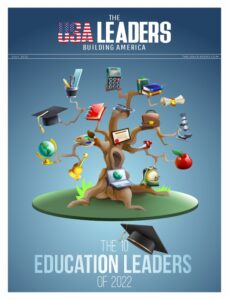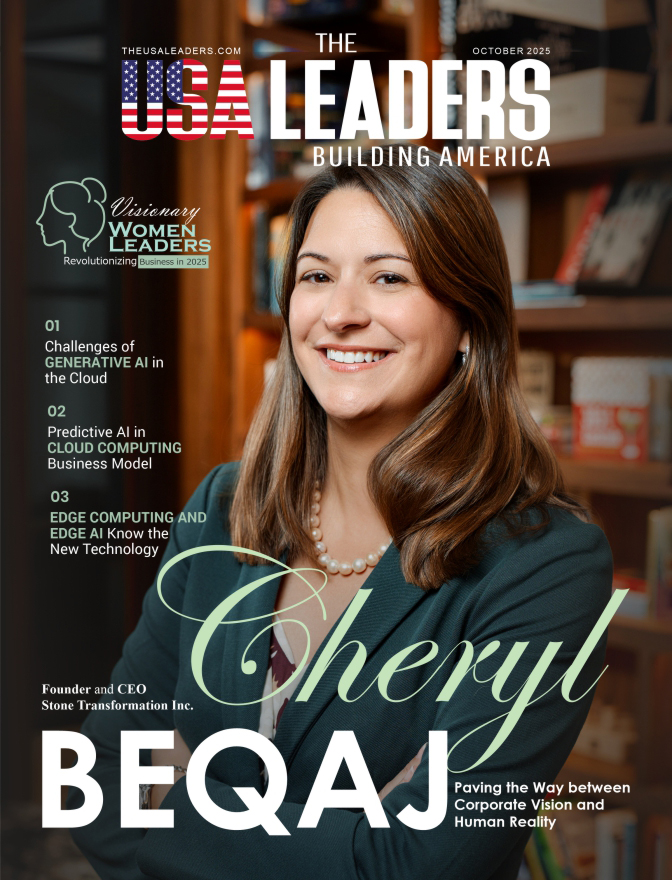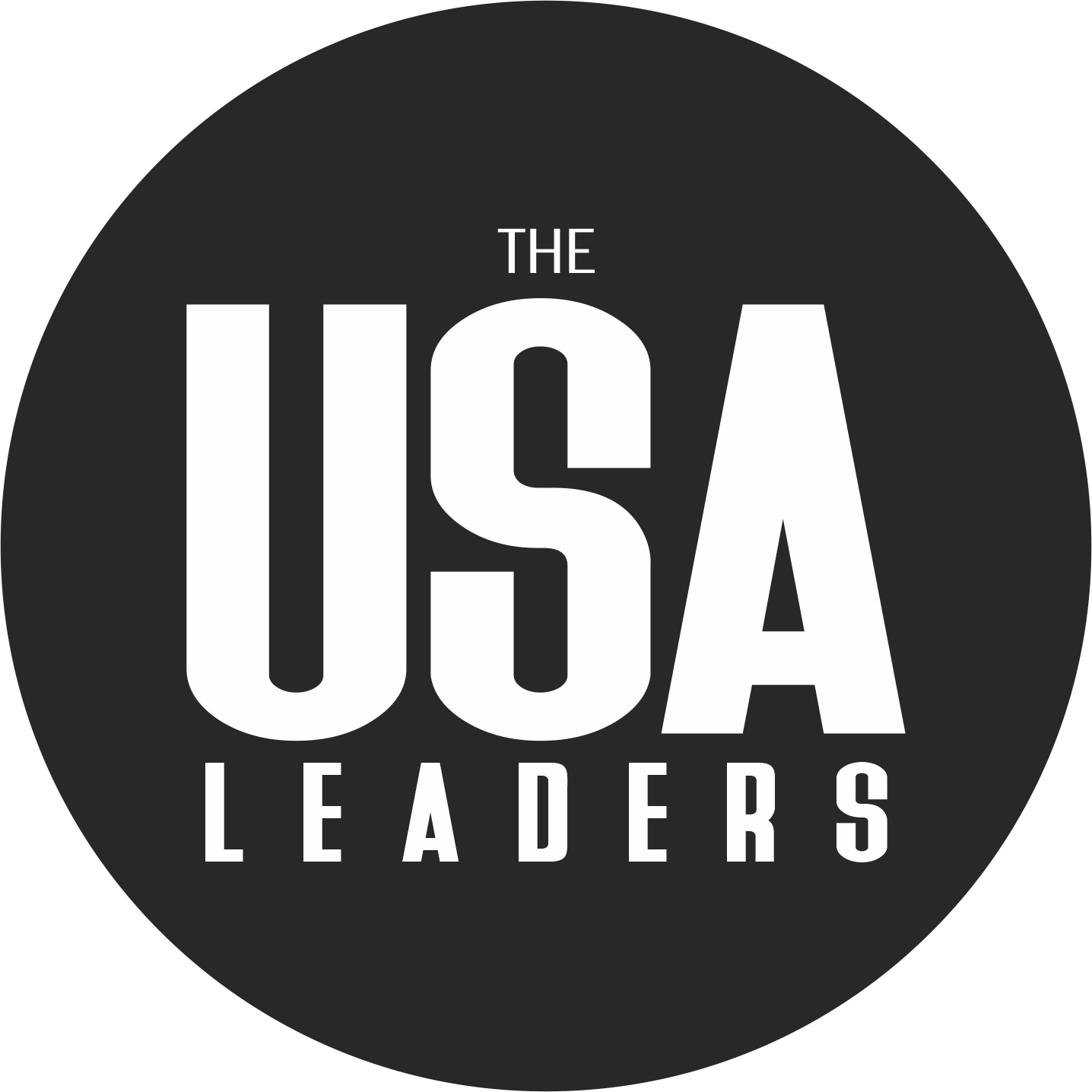Did you know, that over 77% of businesses report that leadership is lacking, with only 33% of employees feeling engaged? Now, for a moment, picture a leader in your mind. Probably if you think of yourself as a person who controls employees at work or another formal place. However, I would like to tell you, it is not actual leadership. If you are curious, read our blog where we discuss all the different types of leadership styles you need to know to be in the 23% of leaders.
The Definition of Leadership
“Leadership is the art of giving people a platform for spreading ideas that work.”
As the quote suggests, “The act of leading a group of people or an organization” is called leadership. But a leader involves more features than just being someone in a position of authority telling people what to do.
Every leader has a different style of leadership, and some are more effective than others. Creating an accurate image of leadership requires an understanding of various types of leadership styles.
Understanding different types of leadership styles
The way a person leads, inspires, and controls others while planning and carrying out strategies to satisfy the needs of those around them is known as their leadership style.
Here are 7 types of leadership styles that are commonly used:
- Autocratic Leadership Styles:
Why It Works:
Autocratic leadership involves making decisions independently, with little to no input from team members. Also, this is one of the types of leadership styles that are effective in environments that require quick decision-making, clear direction, and strict control.
It’s particularly useful in industries like manufacturing or the military, where precision and adherence to guidelines are critical.
Pros: Quick decision-making, clear direction, and strong control.
Cons: Reduced employee morale, decreased creativity, and potential for resistance.
Example: Ford Motor Company (Henry Ford)
Henry Ford is a leading figure in autocratic leadership, where he made unilateral decisions that changed the automotive industry. His autocratic approach was seen in the development of the assembly line, which significantly increased production efficiency and lowered costs.
Current Transformation: In recent years, after Alan Mulally took over in 2006, Ford reported $134 billion in revenue by 2023, reversing previous losses and showing the benefits of evolving types of leadership styles from autocratic to collaborative.
- Bureaucratic Leadership Styles:
Why It Works:
Bureaucratic leaders focus on following established procedures and policies. This leadership style is prevalent in government organizations and large corporations, where consistency, safety, and efficiency are paramount.
Pros: Consistency, fairness, and adherence to regulations.
Cons: Slow decision-making, lack of flexibility, and reduced employee autonomy.
Example: Walmart (Sam Walton)
Walmart operates using a bureaucratic leadership style, characterized by orderly procedures and a clear hierarchy. This method ensures consistent delivery of their services across numerous locations, maintaining efficiency and reliability.
Current Transformation: Walmart reported global revenue of approximately $648 billion in the fiscal year 2024, representing a 6% increase from the previous year.
Moreover, the company maintains its position as one of the largest retailers worldwide. It shows a consistent focus on the types of leadership styles.
- Democratic leadership Styles:
Why It Works:
Democratic leaders value their team’s input, making decisions based on collective agreement. This is one of the types of leadership styles that work well in creative industries, tech startups, and environments where innovation is key.
Pros: Increased employee morale, better decision-making, and improved creativity.
Cons: Potential for slower decision-making, conflicts, and a lack of clear direction.
Example: Google (Larry Page and Sergey Brin)
Google is a leading example of democratic leadership, where employees are actively involved in decision-making processes. The company’s open culture encourages feedback and collaboration, allowing innovative ideas to surface.
Current Transformation: Google’s democratic leadership style has resulted in employee engagement scores consistently above 90%, leading to higher retention rates and job satisfaction. Since its inception of “20% Time,”
Furthermore, Google has seen the starting of numerous successful products, significantly contributing to its revenue growth, with annual revenue hitting $283 billion in 2023.
- Servant Leadership Styles:
Why It Works:
Servant leaders give importance to the needs of their team members, focusing on their development and well-being. This is one of the types of leadership styles that is effective in organizations that value employee satisfaction and retention, such as non-profits and educational institutions.
Pros: Improved employee morale, increased loyalty, and a positive work culture.
Cons: Potential for conflicts, slower decision-making, and a lack of clear direction.
Example: FedEx (Frederick Smith)
FedEx also represents servant leadership by focusing on its employees as a priority. The company’s philosophy emphasizes providing supportive environments and excellent corporate culture. However, this leads to outstanding customer service and satisfaction.
Current Transformation: FedEx’s total revenue for the fiscal year 2024 was reported at $87.7 billion, with FedEx Express earning $40.9 billion and FedEx Ground contributing $34.3 billion.
The company has consistently integrated servant leadership into its framework, setting customer satisfaction and overall performance.
- Laissez-Faire Leadership Styles:
Why It Works:
Laissez-faire leaders offer minimal guidance, allowing employees to make decisions and solve problems on their own. This is one of the types of leadership styles that can be highly effective in creative industries, where independence fosters innovation and growth.
Pros: Increased employee autonomy, creativity, and innovation.
Cons: Lack of direction, decreased productivity, and potential for conflicts.
Example: 3M (Danley, Henry, William, John, Hermon, Charles)
3M’s policy of granting employees the freedom to explore innovative ideas without immediate oversight is another example of laissez-faire leadership.
Their famous “15% rule,” which allows employees to dedicate part of their time to pursue personal projects, has led to the creation of several successful products, including Post-it Notes.
Current Transformation: 3M reported adjusted sales of $6.0 billion in Q2 2024, reflecting a 1.1% growth year-over-year. The company’s overall revenue over the last twelve months was $32.625 billion, marking a 5.2% annual increase.
- Coaching Leadership Styles:
Why It Works:
Coaching leaders focus on developing their team’s skills and offering guidance and feedback. This style is effective in organizations that prioritize growth and continuous learning, such as sales-driven companies or tech firms.
Pros: Increased employee development, improved performance, and a positive work culture.
Cons: Time-consuming and may require significant investment in training and development.
Example: Microsoft (Satya Nadella)
Under CEO Satya Nadella, Microsoft has adopted a coaching leadership style that encourages continuous learning and development. Nadella promotes a culture where feedback is valued, and employees are empowered to pursue professional growth.
Current Transformation: Since Satya Nadella took over in 2014, Microsoft’s market capitalization has increased from just over $300 billion to approximately $3.06 trillion as of April 2024. Microsoft reported revenues reaching $240 billion in 2023.
- Situational Leadership Styles:
Why It Works:
Situational leaders adapt their style based on the team’s needs and the task at hand. This flexibility makes it highly effective in dynamic environments where conditions frequently change, such as in startups or crisis management. This is one of the most unique and commonly known types of leadership styles.
Pros: Adaptability, flexibility, and increased effectiveness in different situations.
Cons: Requires a high degree of flexibility and adaptability.
Example: General Electric (Charles, Thomas, Henry, JP Morgan)
General Electric exemplifies situational leadership by training its leaders to adapt their management styles depending on the team’s dynamics and tasks at hand.
This adaptability in such types of leadership styles enables GE to thrive across diverse industries and ensure that leaders meet the unique needs of their workforce effectively.
Current Transformation: GE’s revenue for the last twelve months was approximately $69.41 billion, reflecting significant growth despite industry challenges, attributed to effective situational leadership. Analysts expect GE’s earnings to grow at 15.2% per year.
Conclusion
We hope this guide has helped you understand the various types of leadership styles and how they can impact your business success. By choosing the right style, you can lead your team more effectively. For more insights and updates, follow us on the social media platforms below!
Also Read: Why Visionary Leadership Is the Silent Force Behind Rising Young Athletes
Facebook: https://www.facebook.com/TheUSALeaders
Linkedin: https://www.linkedin.com/company/82155719/admin/feed/posts/
Twitter: https://twitter.com/leaders_usa
